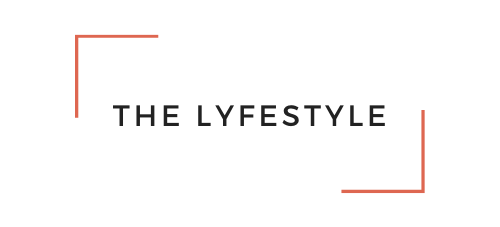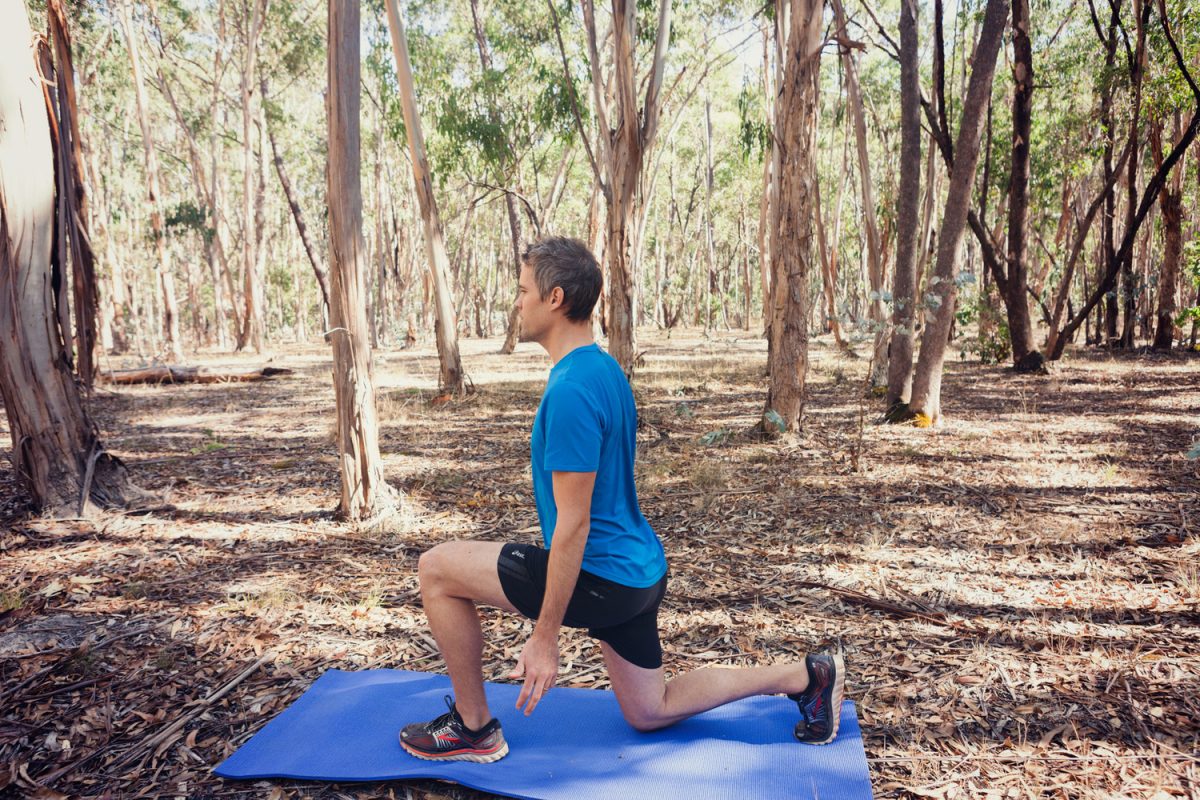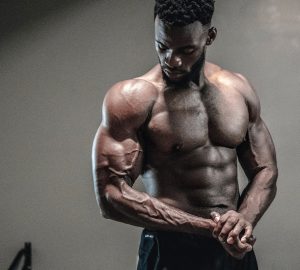Lunges are one of the most powerful exercises, that help in getting the best of your shape & strengthens it targets almost every muscle in your lower body. Your hips, glutes, hamstrings, quads & calves. This workout is comparatively tougher than the squats because it puts your body in an unstable posture that challenges your body’s balance. Its stance also works on the load on the body, which allows each of your legs to work independently. Their proper execution makes them an excellent part of your strength training routine.
Muscles lunge target:
Lunges build up your muscle mass & tone the body, especially the core, butt, & legs. Improving the body’s appearance is not the only benefit of this workout but an improvement in your posture & range of motion. It is a resistance workout that strengthens the following muscle groups, in your body hamstrings
- abdominals
- back muscles
- quadriceps
- calves
- Glutes
- hamstrings
If you perform them from different angles, they promote functional movement which benefits your muscles in the efficient execution of everyday tasks. This workout also improves your athletic ability and performance. Check out Fitness Who for reviews on equipment that you can purchase for your own home gym to add some weights to your lunge workout.
Benefits of doing Lunges
1) Core stability
When performed correctly, proper lunge posture will help you in achieving a stronger & stabilized core. It engages the core, lower body & abdominal muscles. That helps in building stability when you move the hips up & down. Strengthened core deals with your lower back pains & improves the balance & posture a big deal.
2) Improved Balance
Lunges work on one of your body parts independently from others at one time. It helps in achieving body balance & coordination. The benefits of stabilization achieved by performing lunges are way better than those you gain from squats & deadlifts.
3) Strengthens legs and buttocks
This workout is amazingly effective when it comes to strengthening legs & buttocks. Lunges work on the large muscle groups in the lower body; which boosts the metabolism & helps in losing weight at a faster rate. It not only makes you stronger but also tones those muscle groups.
4) Hip flexibility
The flexor muscles are ignored usually in other workouts. Not working them out becomes the main reason why the body becomes tight. Lunges help your body in making these parts flexible and mobile.
5) Boosted spinal health
A lot of workouts put an additional load on the spine, lunges aid in lessening that load by giving your spine a better chance to rest & relax. And works well on other parts of your body. It makes your spine more flexible & pain-free.
6) Makes you more functional
Any workout which impacts your everyday natural movements makes you more functional and lunges are one of those workouts. It Works on one leg exclusively at one time which improves your balance.
7) Weight loss
When you perform Lunges after getting in your workout clothes you work the large muscle groups in the lower body. It builds lean muscle & reduces fat. This workout boosts your resting metabolism, which means that you continue to trim fat even when you are done performing this exercise.
8) Alignment & symmetry
The lunges are way better than those bilateral workouts people perform for rehabilitation as they do not properly correct the imbalances & misalignments in the body. If the one side of your lower body is less strong or flexible, performing the lunge on each side will strengthen it and improve your overall symmetry.
How to do Lunge Step-by-Step Instructions:
After getting in your workout clothes, start this workout by standing in the split stance by stepping your right foot forward & left leg on the back. Both of your feet should be 2-3 feet apart, (depends on the length of your leg). This split stance needs proper balance, you can hold onto the wall or a chair. Before you start performing the lunge, straighten the torso and be on your back toe. Then bend your knees & start lowering your body down till your back knee is just a few inches above the ground. At the top of this movement, your front thigh should be placed parallel to the ground & your back knee should be pointed toward the ground. Make sure the weight is fairly distributed among both of your legs. Then push yourself back up, keep the weight on your front foot heel. Then perform the same workout for the other side.
Common Mistakes To avoid:
These are some errors that can affect the effectiveness of your lunge or pose any injury:
Lunging Too Far Forward: A lot of time people put too much strain on their knees by going too forward while allowing their knees to go too far over their toes. Which isn’t the correct sentence. Your prime focus should be taking your body down.
Externally Rotating the Back Knee: Lunges compromise the balance, it may cause you to externally rotate your back knee for finding stability. A lot of people rotate it naturally because of biomechanics differences. Twisting your knee out while performing a lunge can cause pain & injury.
Stance Too Wide or Too Close: Every person gets into a different stance which is primarily based on their height, length of legs, and whatever feels comfortable. Keeping your feet way closer will put more force on your knees than glutes, hamstrings, & quads. And taking them too far can affect the flexibility of your back leg & leaves you in an unstable position.
Modifications & Variations
Lunge workout has a lot of popular variations. Some of them are very effective for beginners in terms of developing strength & coordination and also can add challenges to their normal lunge routine.
1) Walking lunge
This lunge variation works on the same muscle groups as the normal lunge but elevates the heart rate because of the additional movement. For performing a walking lunge step out your right leg forward. And perform a normal lunge then instead of going back to the standing position, lunge forward with the left leg, by leaving it in the lunge position. Keep your right leg in the position for stabilization. Keep on performing the “walking” motion and continue to lunge forward with your alternating legs.
2) Lunge with the torso twist
This variation of lunge provides you with the additional benefit because it works on your abdominals along with the glutes & quads. Start this exercise by performing a normal lunge with the right leg in a forward lunging position. As you start getting stabilized with the right leg in the forwarding lunging position use the core for twisting the torso at your right side. Hold the position for a few seconds. Without moving the legs out. Then twist the torso back to the center position. After that step back and become in the standing position with the right leg. Then switch the legs & lunge forward once you are stabilized, twist slightly to your left. And perform lunges on that side.
3) Side or lateral lunge
Besides working on the glutes, hamstrings, & quads, the side or lateral lunge targets the muscles of the inner thigh. For performing the side lunge. Start by standing tall on your feet opened hip-distance apart. Then take the wide step out at your left. Bend the left knee by push the hips back. Make sure you keep both of your feet flat while performing the exercise. Then Push-off with the left leg and return to a standing position.
Lunges are an effective workout that helps in toning & strengthening the lower body. Make sure you perform them in proper form as incorrect execution can cause injury.









